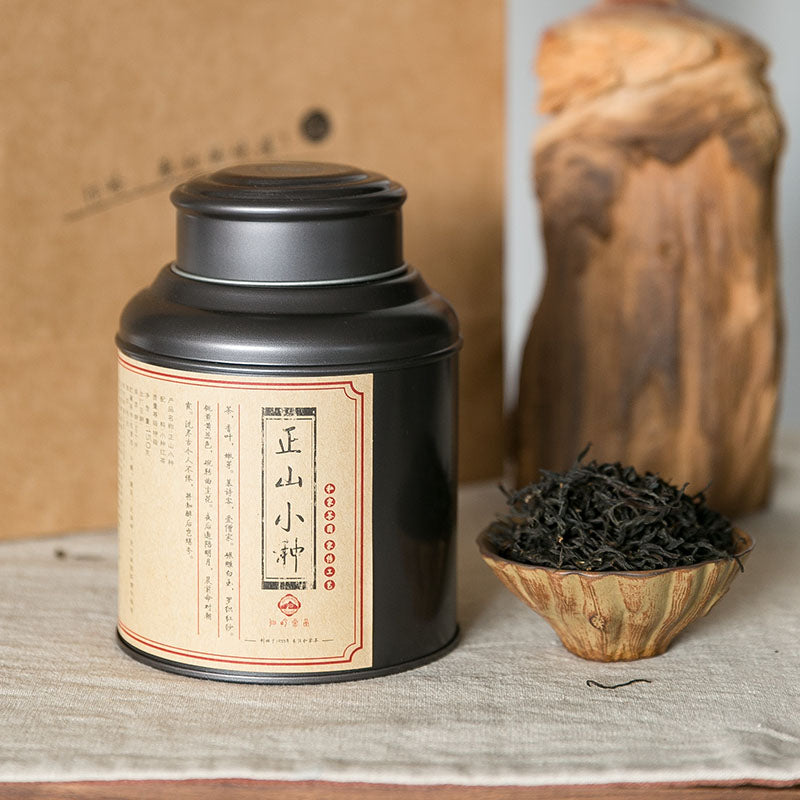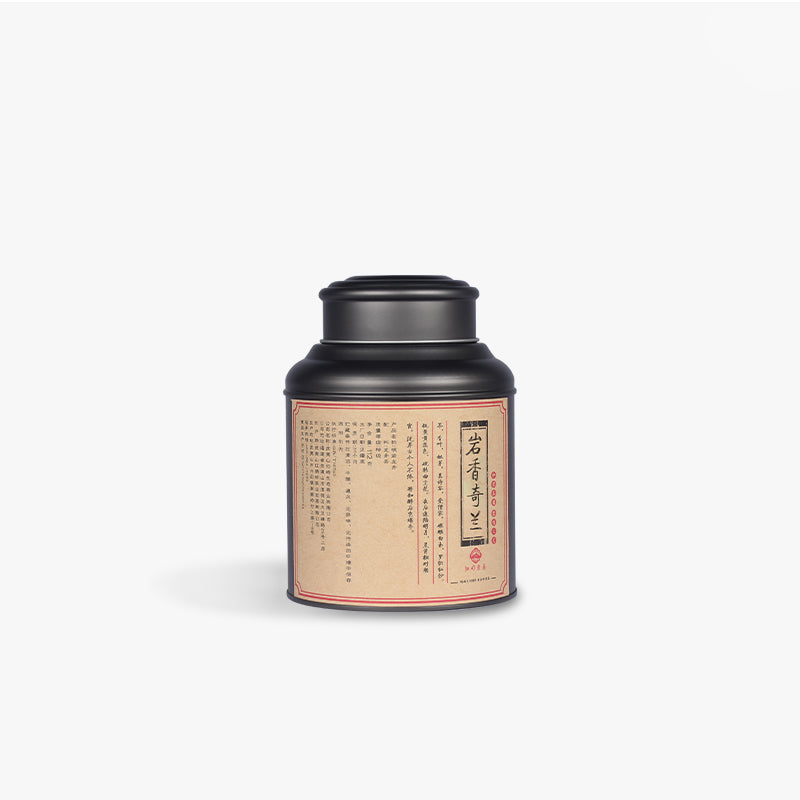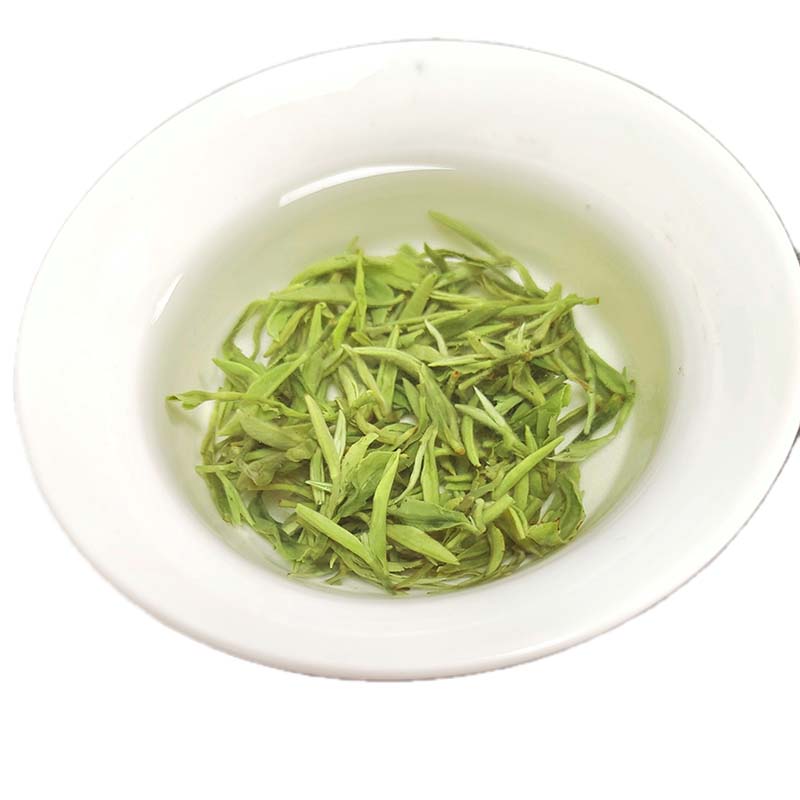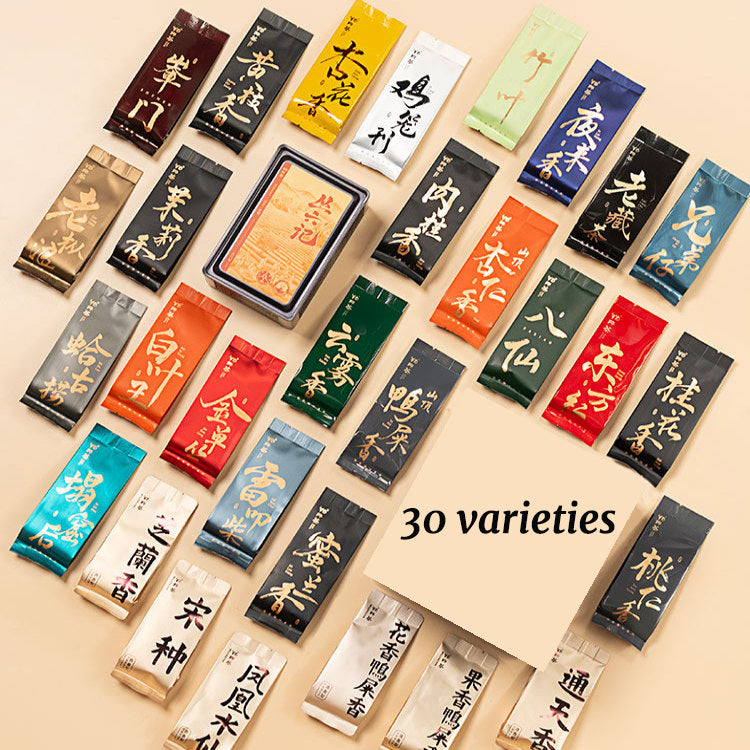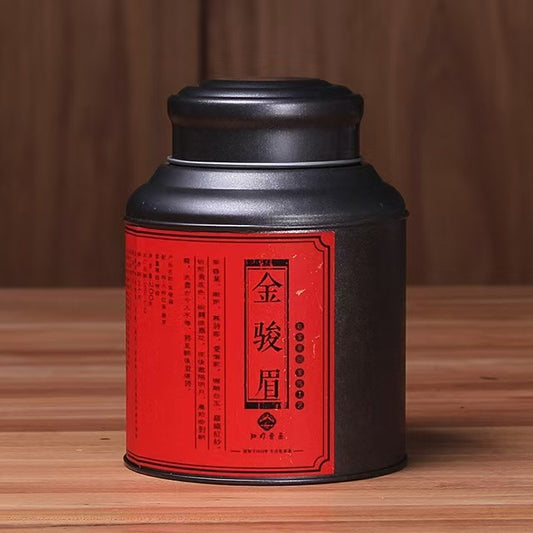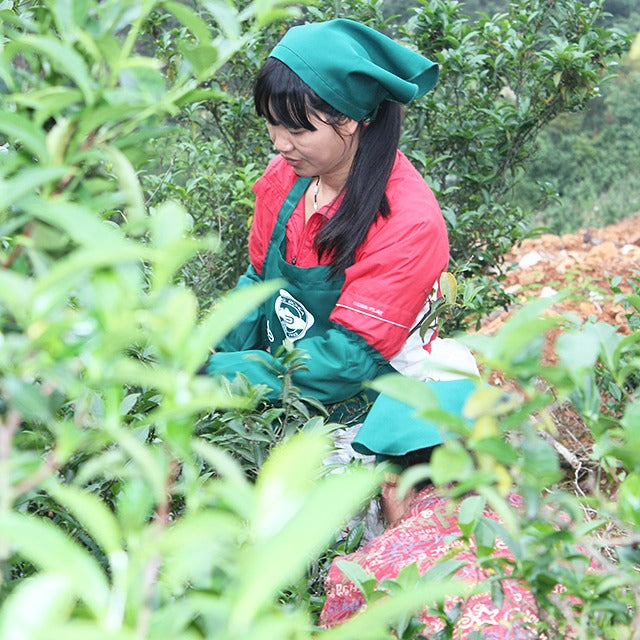Removing Tea Stains
Removing Tea Stains
Sometimes, our love for tea leaves more than just a lingering sense of warmth; it leaves behind stains that are surprisingly stubborn. Whether on a cherished teacup or a favorite white shirt, these marks are as tenacious as the flavors they represent. As someone who's often lost in the ritual of brewing a perfect cup — occasionally at the expense of the odd spillage — I’ve come to appreciate both the charm and the challenge of removing these marks.
The chemistry behind tea stains is rooted in tannins — those essential compounds that contribute to the rich taste and hue of your tea. Tannins are also responsible for the brownish marks they leave, reminiscent perhaps, of the tea’s journey from verdant leaves to drying racks and finally, to your cup. While they add a beautiful depth to brewed tea, they adhere so well to ceramics and fabrics that removing them demands more art than science.
When focusing on teaware, a gentle touch goes a long way. A paste made from baking soda and water often does wonders for your teacups and teapots. Simply apply with a damp cloth and a bit of patience. Baking soda’s mild abrasiveness breaks down the tannins without scratching the delicate surfaces — keeping the elegance of your teaware intact. For those pieces that are more collector’s items than everyday companions, such as a Yixing teapot or a finely crafted gaiwan, regular cleansing with warm water can help maintain their natural patina, which is a hallmark of their use and heritage.
On the textile front, the same tannins cause headaches for the white-collar crowd who love their morning brew. Stains on fabric react favorably to an acidic approach. A dash of white vinegar or a squeeze of lemon mixed with water can lift the stain — a method that's almost poetic in its simplicity. Acid meets alkali, much like the sophisticated balance found in many oolong teas. Dab gently rather than rub, and always test a small, inconspicuous area first.
Yet, there's more to these stains than mere inconvenience. They tell stories. The distinct outlines on a mug may hint at countless mornings shared in mindful solitude or with loved ones. The battle with these marks is an ode to the tea’s own passage through time and culture — from the misty mountains of Fujian to the well-worn tables of our everyday lives.
In this, there’s a comforting reminder of life’s imperfections, lovingly etched by our daily rituals. And so, when you next wrangle with a tea stain, remember that you’re not just preserving the fabric but a part of your own tea journey. After all, isn’t a cup of tea a wonderful companion, stains and all?

